Disclaimer: This blog post contains affiliate links. If you make a purchase through these links, I may earn a small commission at no additional cost to you. Learn More. Thank you for supporting our garden community.
Compost: The Ultimate Guide to Starting and Maintaining a Pile
Welcome to our comprehensive guide on starting and maintaining a compost pile. Fall is the perfect time to dive into this eco-friendly practice that can transform your garden and reduce waste. In this article, we will explore the benefits of compost for your garden, why homemade compost is superior to store-bought alternatives, alternative composting methods, and guidelines for setting up and maintaining the perfect compost pile.
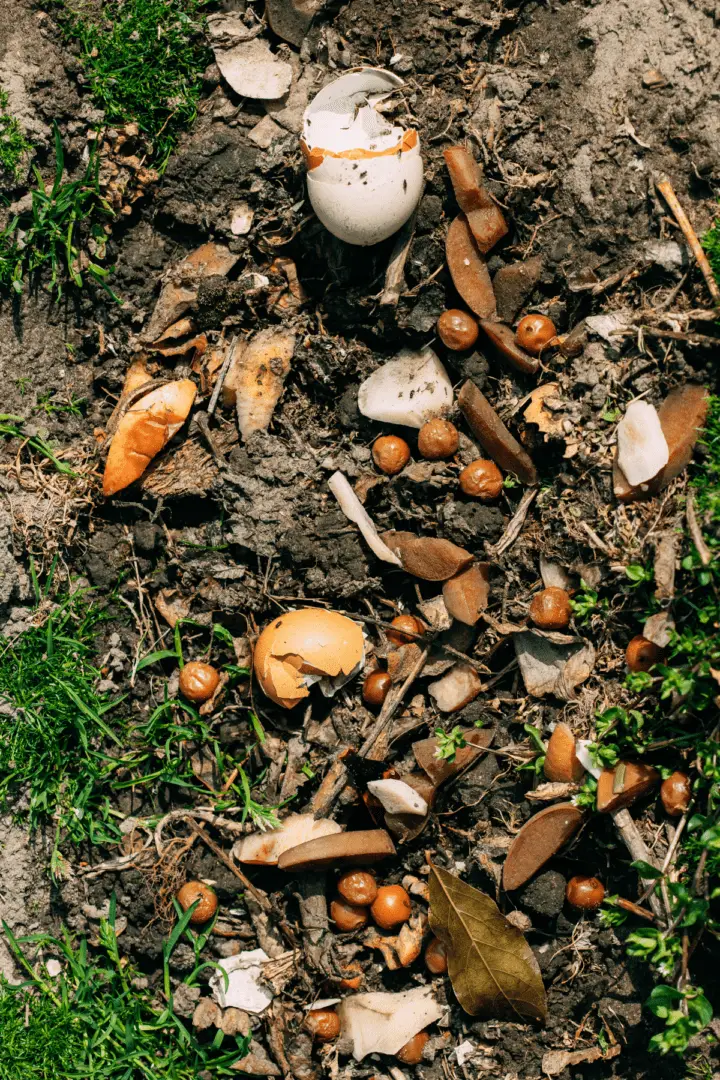
Composting is easily one of the best practices that you can have in your garden. From fertility to sustainability, composting encompasses all of it.
Compost: The Ultimate Guide
In this post, you will learn about the benefits of starting a compost pile in early fall, the advantages of using homemade compost over store-bought options, and alternative composting methods such as vermicomposting and compost tumblers.
We will also discover guidelines on how to start and maintain a compost pile, including the necessary materials, suitable location, layering techniques, and maintenance tips to produce nutrient-rich compost for the garden. Additionally, you will understand the importance of patience and regular maintenance in the composting process and its contribution to sustainable living practices.
Best Time to Start a Compost Pile
Fall is an excellent time to start your compost pile. The cooler temperatures and increased rainfall create optimal conditions for the composting process to thrive.
As the leaves begin to fall and the garden is ready for cleanup, you have an abundant supply of organic material to jumpstart your compost. Starting now ensures your pile will be ready in time for spring, providing nutrient-rich organic matter for new plantings.
The Benefits of Compost for Your Garden
Compost offers a multitude of benefits for your garden. Firstly, it enriches the soil by improving its structure, drainage, and water-holding capacity. The addition of compost enhances soil fertility and provides essential nutrients for plant growth, resulting in healthier and more vibrant plants.

Moreover, compost also acts as a natural mulch, suppressing weed growth and reducing the need for synthetic fertilizers and pesticides, making it an environmentally friendly choice.
Why Homemade Compost is Better than Store-Bought
While store-bought compost may seem convenient, homemade compost has distinct advantages. First and foremost, homemade compost allows you to have complete control over the ingredients used, ensuring the absence of harmful chemicals and pesticides.
Furthermore, homemade compost is often richer in nutrients and microorganisms compared to commercial alternatives.
Additionally, making compost at home reduces waste, promotes sustainability, and saves money in the long run.
Composting Alternatives to Traditional Compost Piles
Traditional compost piles may not be suitable for everyone due to space constraints or local regulations. However, there are alternative methods to compost effectively.
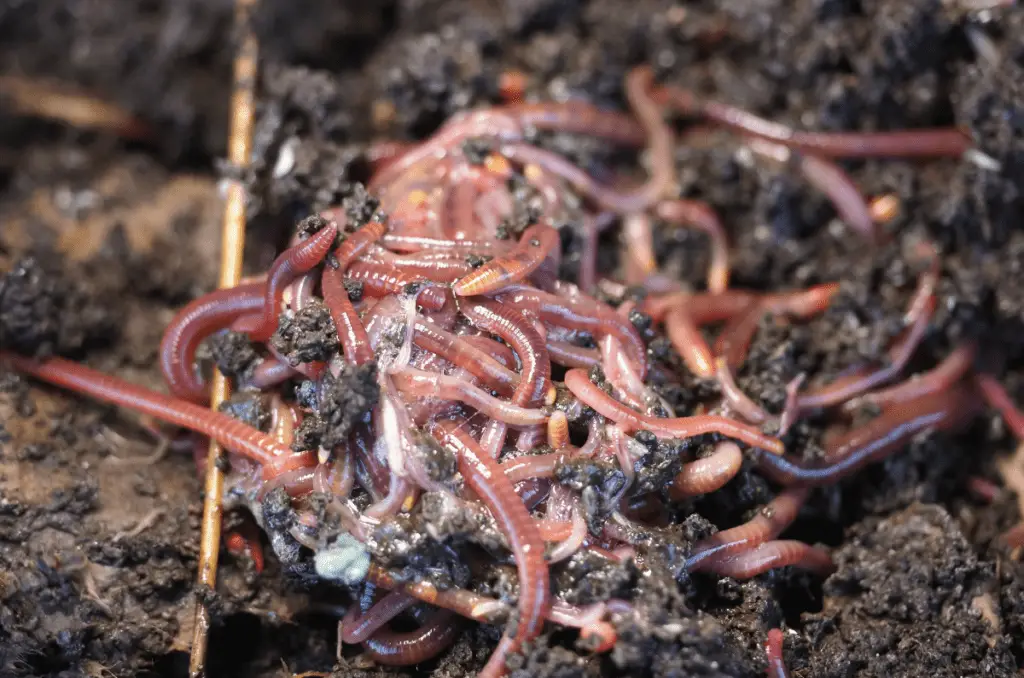
One option is vermicomposting, where you use worms to break down kitchen scraps and other organic material. This method is ideal for those with limited space as it can be done indoors.
Another alternative is compost tumblers or bins, which provide a contained and easily manageable composting system. On the other hand, Bokashi composting utilizes fermentation to break down organic waste, making it a suitable choice for individuals who want an odour-free composting method.
How to Start a Compost Pile
1. Materials:
To start a compost pile, you will need a mix of “greens” and “browns.” “Greens” include nitrogen-rich materials such as grass clippings, vegetable scraps, and, the secret ingredient, urine 🤫 (basically anything that is fresh from a plant).
“Browns” include carbon-rich materials such as dry leaves, burlap, and shredded newspaper (basically any organic matter that is aged). Aim for a ratio of roughly 1 part browns to 1 part greens to achieve a well-balanced compost.
Additionally, you can add some charcoal or biochar to the mix to increase the living space for microbes. Check out this YouTube Short where I make biochar for my garden.
2. Location:
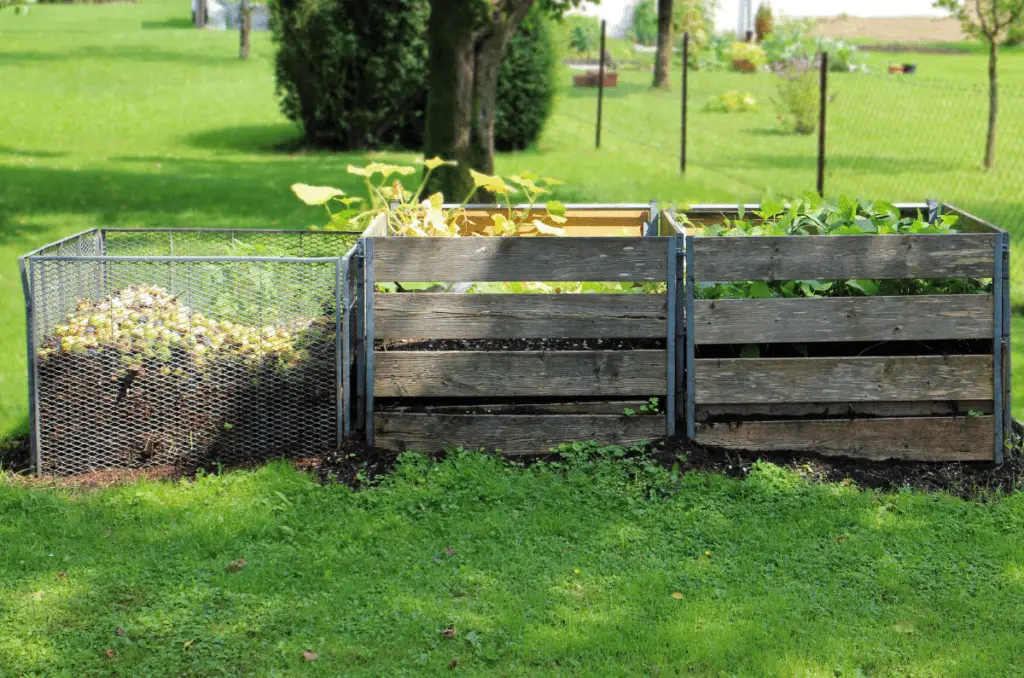
Choose a suitable location for your compost pile. Ideally, it should be in a shaded area with good drainage. If possible, position the pile near your garden for easy access when it’s time to load and use the compost.
Additionally, the pile should be at least 1m3 in size. This will ensure there is enough matter to generate enough heat.
3. Layering:
Start by layering your greens and browns in alternating layers. This promotes a healthy balance of carbon and nitrogen and allows for better airflow within the pile.
Aim for each layer to be approximately 3 to 6 inches thick. Additionally, periodically watering each layer will help maintain the moisture level required for decomposition.
4. Turning and Maintenance:
Regularly turning the compost pile every week (in a perfect world) helps aerate the mixture, speeding up the decomposition process. This can be done with a pitchfork or shovel.
Additionally, monitor the moisture level and ensure the pile remains damp but not waterlogged. Adding water or covering the pile during heavy rains can help maintain the right moisture balance.
Remember to avoid adding meat, dairy, cooked food, or oily items, as they can attract pests.
Compost Pile Maintenance
Maintenance plays a crucial role in successful composting. Keep track of the pile’s temperature by using a compost thermometer; the ideal temperature for decomposition ranges from 110°F to 160°F. Turning the pile regularly, as mentioned earlier, helps maintain an active decomposition process.
Furthermore, monitor the moisture levels and adjust as needed. If the compost looks dry, add water, and if it’s too wet, mix in more browns.
Lastly, patience is key as the composting process takes time. With regular maintenance, you will have nutrient-rich compost ready for use in approximately six months to a year.
Frequently Asked Questions
Compost is a mixture of decomposed organic materials that can be used to improve soil health. It’s created by a natural process called composting, which involves breaking down organic materials like food scraps and yard waste.
Yes, there are many different types of compost bins available, from simple wooden bins to rotating compost tumblers. The best type of bin for you will depend on your needs and preferences.
A properly maintained compost pile should not have a strong odor. If your compost pile does smell, it may be too wet or lacking in air circulation. Try turning the pile more frequently and adding more brown materials.
Products
For all-purpose organic fertilizers, check out Arber.
For organic, non-GMO garden seeds, check out SeedsNow.
To choose from a wide selection of garden plants, check out Nature Hills Nursery.
For gardening equipment, check out Bootstrap Farmer.
For gardening tools and supplies, check out VIVOSUN.
Conclusion
Starting your own compost pile in early fall is not only beneficial for your garden but also contributes to a more sustainable lifestyle. Homemade compost surpasses store-bought alternatives in terms of quality and control over ingredients.
You can choose alternative composting methods if traditional piles aren’t feasible for your situation. By following the guidelines we’ve provided, you’ll be well on your way to a thriving compost heap that will nourish your garden and reduce waste. Happy composting!
If you want to learn more about gardening, foraging, nature, and sustainability, check out The Real Gardener on Instagram, YouTube, and Pinterest.
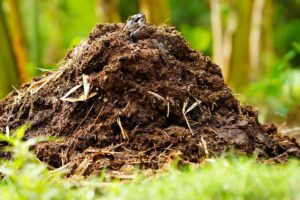
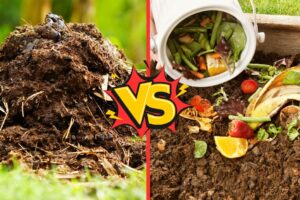
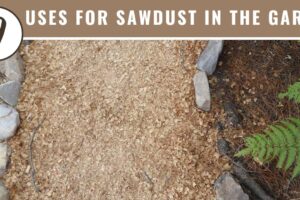
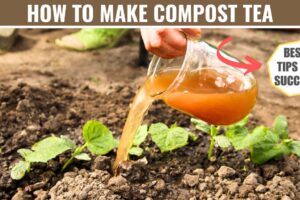
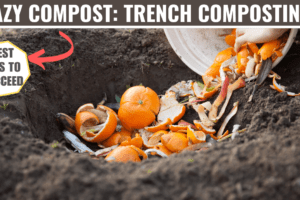
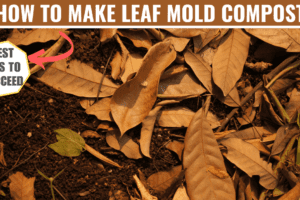
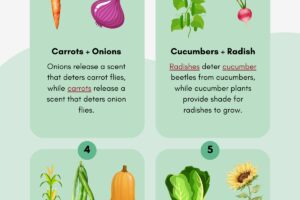
Leave a Reply